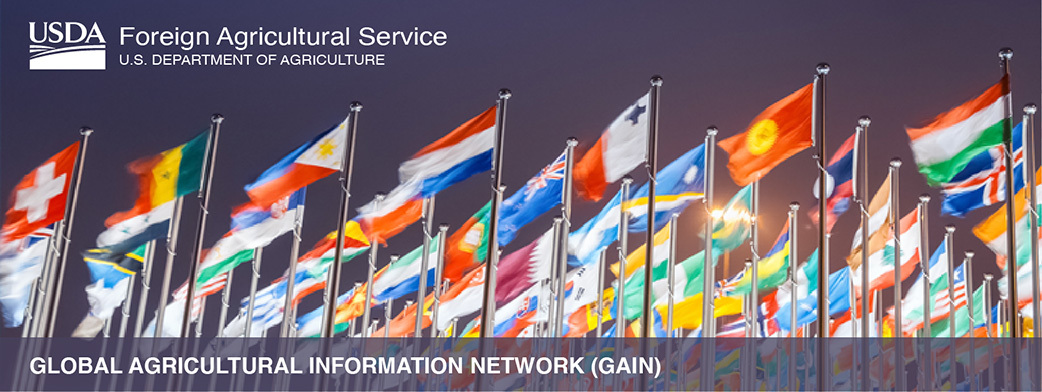| The following GAIN reports were released on July 7, 2025. _______ China's peach and nectarine production is forecast to fall 3 percent year-on-year to 17 MMT in MY 2025/26, driven by drought in the northwest and a spring cold snap in the north. Cherry production is anticipated to rise 6 percent to 900,000 MT on acreage expansion and improved management. Fruit consumption remains subdued due to economic challenges. Cherry imports from Chile are expected to remain strong owing to competitive prices and increased supplies, while U.S. cherry exports will likely decline further due to retaliatory tariffs imposed by the Chinese government. This report provides guidelines on Hong Kong's food import regulations. For the 2025 FAIRS report, updates have been made to the following sections: Section III: Packaging and Container Regulations - Update on implementation date of Producer Responsibility Scheme; Section IV: Food Additive Regulations - Amended MRL on Preservatives in Food Regulations; Section V: Pesticides and other Contaminants - Contaminants Control Regulations, Proposed amendment on the Food Adulteration (Metallic Contamination) Regulations; Section VI: Other Requirements, Regulations, and Registration Measures -Import protocol for raw meat and poultry; and reduction of duties on alcoholic beverages above 30 percent alcohol by volume. Despite the lower area anticipated, ample spring precipitations are expected to increase fodder yields in MY 2025/26. While a more dynamic domestic market demand is expected to absorb a larger share of production, the recovery of production, together with steady demand from third country markets, is expected to support a recovery of Spain's fodder exports in MY 2025/26. Despite the Russia-Ukraine war, Ukraine's retail, food processing, and food service sectors are functioning. The retail industry is working to maintain an assortment of imported products. Fish and other seafood, beef, nuts, food ingredients, whiskey, beer, snacks, and pet food imports are growing. After the economy and imports contracted in 2022, the situation recovered in 2023-2024 and kept improving in 2025. Many imports recovered to pre-war levels. Decreased consumer purchasing power and a focus on cheaper product tiers have pushed many U.S. imports into the high-end segment. Ukraine is adopting numerous European Union (EU) import regulations to align its regulatory system as part of EU accession negotiations that started in July 2024. The import situation for food and agricultural products will remain dynamic, with logistics challenges, until the end of the war.
For more information, or for an archive of all FAS GAIN reports, please visit gain.fas.usda.gov/.
| 



No comments:
Post a Comment